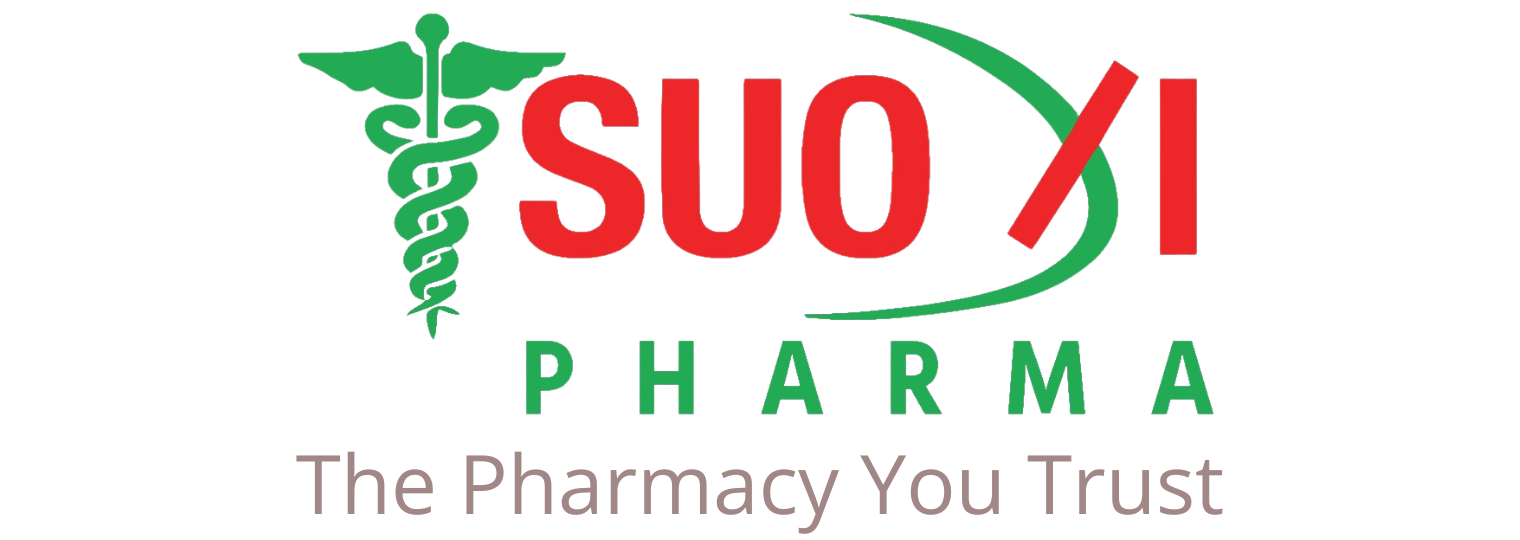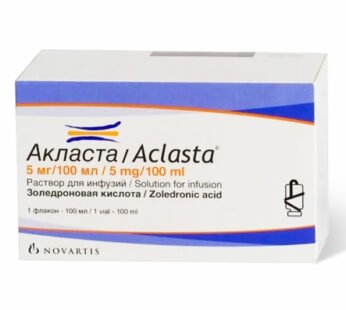Esipram 10 mg
Description
Indications
Esipram is prescribed for the treatment of the following conditions:
- Major depressive episodes
- Panic disorder (with or without agoraphobia)
- Social anxiety disorder (social phobia)
- Generalized anxiety disorder
- Obsessive-compulsive disorder
Take the medication as per the advice of a registered medical professional.
Pharmacology
Escitalopram is a selective serotonin reuptake inhibitor (SSRI) that is taken orally. It is the pure S-enantiomer of the racemic bicyclic phthalate derivative citalopram, and it is over 100 times more potent than the R-enantiomer in inhibiting 5-HT reuptake. Escitalopram has very little or no affinity for other receptors such as serotonergic, adrenergic (alpha and beta), dopamine, histamine, muscarinic, and benzodiazepine receptors.
Dosage
The safety of doses above 20 mg daily has not been established. Escitalopram Oxalate is taken once daily, with or without food.
- Major Depressive Episodes: The typical starting dose is 10 mg per day. Based on the patient’s response, the dose may be increased to 20 mg daily. An antidepressant effect is generally achieved within 2-4 weeks, and treatment should continue for at least 6 months to consolidate the response after symptoms resolve.
- Panic Disorder with or without Agoraphobia: Start with a dose of 5 mg daily for the first week, then increase to 10 mg per day. Depending on individual response, the dose may rise up to a maximum of 20 mg daily. Optimal effectiveness is often reached after approximately 3 months. Treatment may continue for several months.
- Social Anxiety Disorder: The recommended starting dose is 10 mg daily. Relief of symptoms generally occurs within 2-4 weeks. Based on the patient’s response, the dose may be reduced to 5 mg or increased to a maximum of 20 mg daily. Social anxiety disorder is a chronic condition, and treatment for 12 weeks is advised to consolidate the response. Long-term treatment can be considered for relapse prevention.
- Generalized Anxiety Disorder: The starting dose is 10 mg once daily. If needed, the dose can be increased to 20 mg daily, depending on the response. Treatment for at least 6 months has been studied in patients who respond well to 20 mg/day. Regular evaluation of the dose and treatment benefits is essential.
- Obsessive-Compulsive Disorder: Start with 10 mg once daily. Based on individual response, the dose may be increased to 20 mg daily. OCD being a chronic condition requires long-term treatment to ensure patients remain symptom-free. Doses should be re-evaluated at regular intervals.
Always follow the advice of a registered medical professional when taking the medication.
Administration
Escitalopram should generally be taken once daily, either in the morning or evening, with or without food.
Follow the advice of a registered medical professional when taking the medication.
Interaction
SSRIs, including escitalopram, should not be started until at least 2 weeks after stopping a monoamine oxidase inhibitor (MAOI). Similarly, an MAOI should not be started until at least one week after stopping escitalopram (2 weeks in the case of paroxetine and sertraline, at least 5 weeks for fluoxetine).
Contraindications
Escitalopram is contraindicated in individuals with known hypersensitivity to escitalopram, citalopram, or any of the drug’s inactive ingredients. It should not be used in combination with monoamine oxidase inhibitors (MAOIs) or pimozide.
Side Effects
Common side effects include gastrointestinal disturbances such as nausea, vomiting, dyspepsia, abdominal pain, diarrhea, and constipation. Other effects may include anorexia with potential weight loss (though increased appetite and weight gain can also occur), rash, urticaria, angioedema, anaphylaxis, arthralgia, myalgia, photosensitivity, dry mouth, nervousness, anxiety, headache, insomnia, tremor, dizziness, asthenia, hallucinations, drowsiness, convulsions, sexual dysfunction, urinary retention, sweating, hypomania, mania, movement disorders, dyskinesias, and visual disturbances.
Pregnancy & Lactation
Escitalopram should be used during pregnancy only if the potential benefit justifies the potential risk to the fetus. It is excreted in human breast milk, so the decision to continue nursing or treatment should consider the potential risks to the infant versus the benefits to the mother.
Precautions & Warnings
SSRIs should be used with caution in individuals with epilepsy, cardiac conditions, diabetes, angle-closure glaucoma, and a history of bleeding disorders, especially gastrointestinal bleeding. Caution is also advised when used with drugs that increase bleeding risk or in patients with hepatic or renal impairment.
Use in Special Populations
- Elderly Patients (>65 years): Start with 5 mg daily. The dose may be increased to 10 mg depending on response. The effectiveness of escitalopram in treating social anxiety disorder in elderly patients has not been studied.
- Children and Adolescents (<18 years): Escitalopram should not be used in children and adolescents under 18.
- Reduced Renal Function: No dosage adjustment is necessary for mild or moderate renal impairment, but caution is advised in severe renal impairment.
- Reduced Hepatic Function: For mild or moderate hepatic impairment, an initial dose of 5 mg daily is recommended for the first two weeks. This may be increased to 10 mg based on response. Extra caution is needed for severe hepatic impairment.
- Poor Metabolizers of CYP2C19: Start with 5 mg daily for the first two weeks, potentially increasing to 10 mg based on response. Abrupt discontinuation should be avoided due to possible withdrawal symptoms.
Overdose Effects
Symptoms of overdose can include central nervous system effects (e.g., dizziness, tremor, agitation), gastrointestinal issues (nausea, vomiting), cardiovascular symptoms (hypotension, tachycardia, QT interval prolongation, arrhythmia), and electrolyte disturbances (hypokalemia, hyponatremia).
Management: There is no specific antidote. General supportive measures include maintaining an airway, ensuring adequate oxygenation, and monitoring vital signs. Gastric lavage and activated charcoal may be considered, especially if the overdose was recent. ECG monitoring is recommended in case of cardiovascular symptoms.
Therapeutic Class
SSRIs & related anti-depressant drugs
Storage Conditions
Store at temperatures below 30°C. Protect from light and moisture. Keep out of reach of children.
Additional information
| Weight | 0.15 g |
|---|








Reviews
There are no reviews yet.